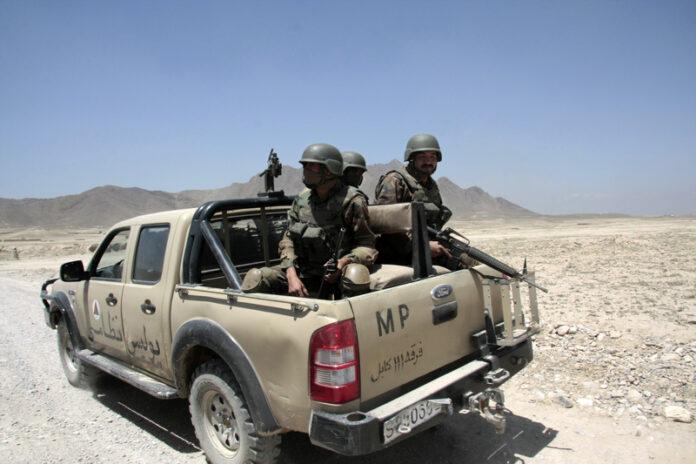A recent attack in the arid region of Sistan and Baluchistan province, situated on the volatile borders of Afghanistan and Pakistan, has underscored Iran’s escalating security issues. On April 9, 2024, an ordinary Tuesday, a police convoy was the victim of a deadly assault, resulting in six police fatalities and two injuries.
The attackers, identified by Iran’s state-affiliated Young Journalists Club as members of the Jaish al-Adl militant organization, executed the attack with lethal accuracy. This underscores the group’s ongoing struggle for improved rights for the ethnic Baluch minority. This local focus, coupled with their tactics and ambitions, has led to them being labeled as a terrorist organization by Iran and several other countries.
This episode of violence is part of an alarming trend targeting security forces in the province. This pattern is further illustrated by a similar attack a few weeks earlier, which resulted in the deaths of 10 Iranian soldiers, 18 militants, and other casualties who succumbed to their injuries later.
Jaish ul-Adl, translated as “Army of Justice,” is a Sunni Islamic and Baluchi separatist organization primarily operating in this region. The group has admitted to many attacks on Iran’s military forces.
The group has ties with Ansar Al-Furqan, another active militant Baloch faction within Iranian borders. The leadership of Jaish ul-Adl is now under Salahuddin Farooqui, following the death of his brother, Amir Naroui, who was killed by the Taliban in Afghanistan.
Sistan and Baluchistan’s turbulent terrain is more than just a setting for these conflicts—it’s also a significant player in an ongoing struggle. As one of Iran’s poorest regions, it carries the burdens of neglect and longstanding grievances. The area’s predominantly Sunni Muslim inhabitants are at odds with Iran’s Shiite theocracy, a discord that has stoked unrest and dissatisfaction.
This latest assault underlines the worsening security scenario in a region already replete with challenges. Sistan and Baluchistan’s strategic location bordering Afghanistan and Pakistan has often made it a battleground for violent incidents involving militants, armed narcotics traffickers, and Iranian security forces. This was highlighted in a statement from a website linked to Iran’s state broadcasting company, which noted the group’s claim of responsibility.
The consequences of these conflicts extend beyond the immediate loss of life, causing enduring hardship for the province’s inhabitants. Trapped between militant activities and state security operations, they lead lives marked by fear, instability, and uncertainty. The province’s lack of development and the strained relations between its Sunni residents and the Shiite-led government intensify the situation, fostering resentment and radicalization.
In December, the region’s volatility resurfaced when militants launched an attack on a police station, causing the death of nearly a dozen police officers. This latest attack is not an anomaly but an extension of a distressing pattern of violence that has troubled the province, highlighting the complex network of socio-political and economic factors that drive the insurgency.


